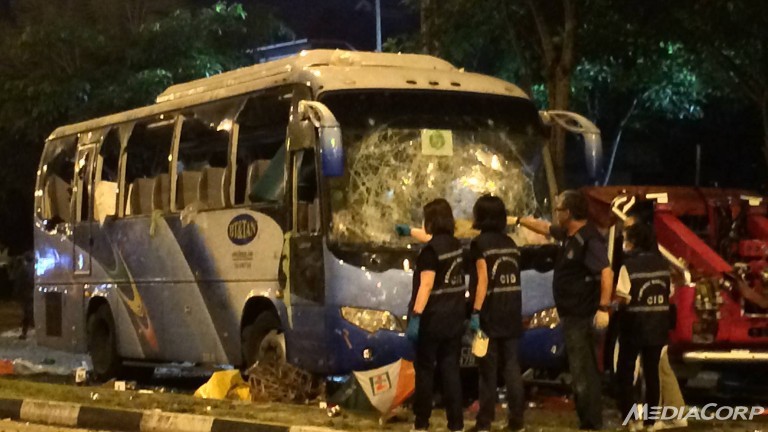It was a disaster waiting to happen. What lit the fuse was a confluence of factors, oiled by alcohol, the rowdy crowd’s “strong sense of injustice” and a cultural divide that no one anticipated or was able to bridge. It clearly did not help that the uniformed personnel were more concerned with protecting the Chinese bus driver and time keeper than with the body of Sakthivel Kumaravelu under the bus) and that there was massive pushing and shoving and confusion in the area. So the conflagration happened on Dec 8 last year in Little India, in the opinion of the police force’s chief psychologist, Dr Majeed Khader.
Dr Majeed told the Committee of Inquiry that the time keeper’s screams drew the attention of the Singapore Civil Defence Force officers who were first at the scene. They were not aware then of Sakthivel’s body under the bus. He said: “That was misperceived as ‘Why are you responding to the locals and not my dead countryman who is actually below the bus?’ There was a sense of us versus them, locals versus foreigners.”
His team had analysed a huge amount of data collected from interviews with first responders and foreign workers, visits to dormitories and CCTV and videos submitted. Liquor consumption was not the main factor he said, but it had played a part in “intensifying emotions, removing inhibitions and making people unable to consider other points of view”. Veeram — the Tamil word for bravado — and street justice or revenge — may also have been brought forward by alcohol.
Dr Majeed recommended that the police in future should have a range of strategies involving negotiation, but that this was possible only when the crowd was “not very aggressive”.

